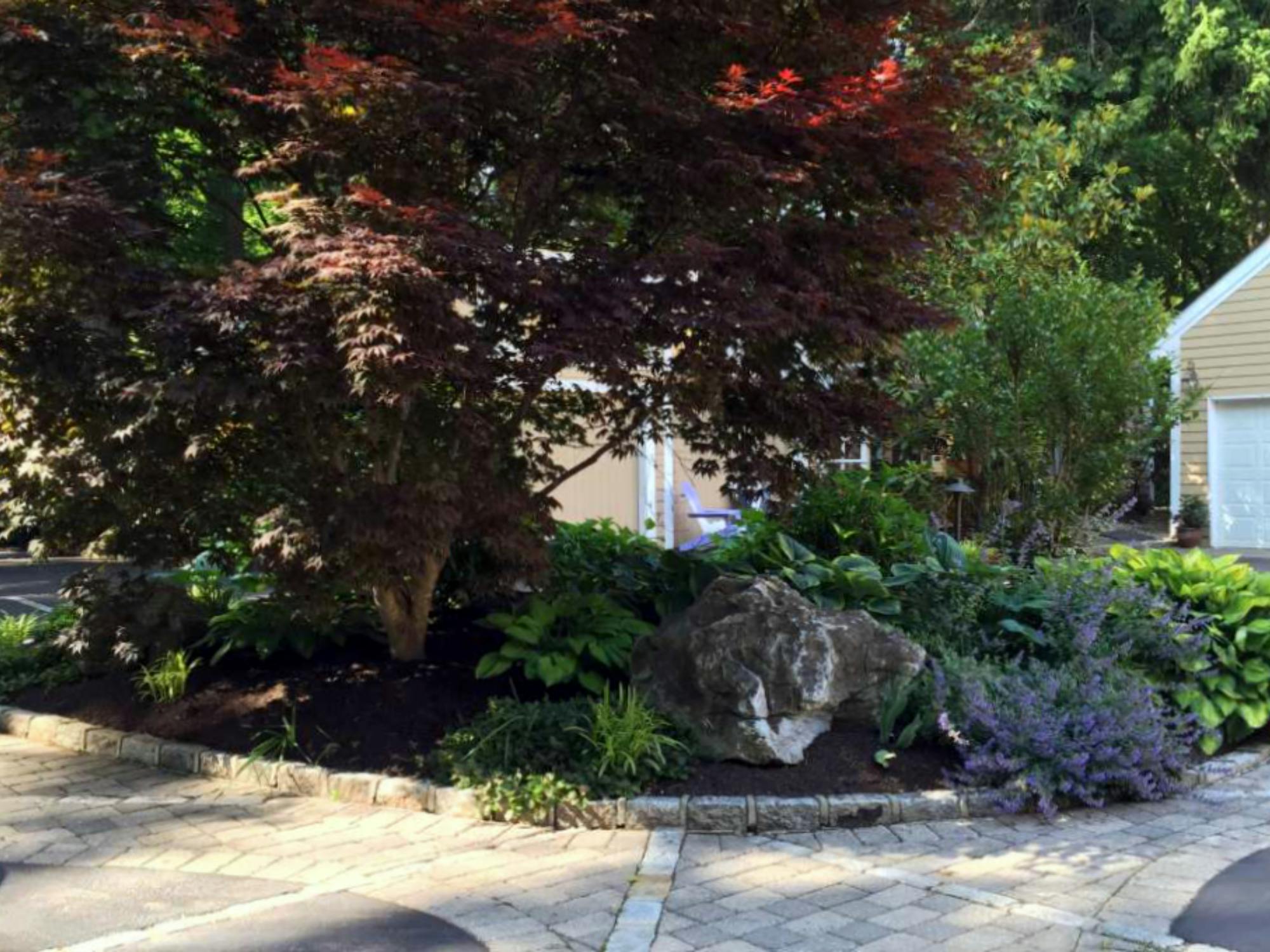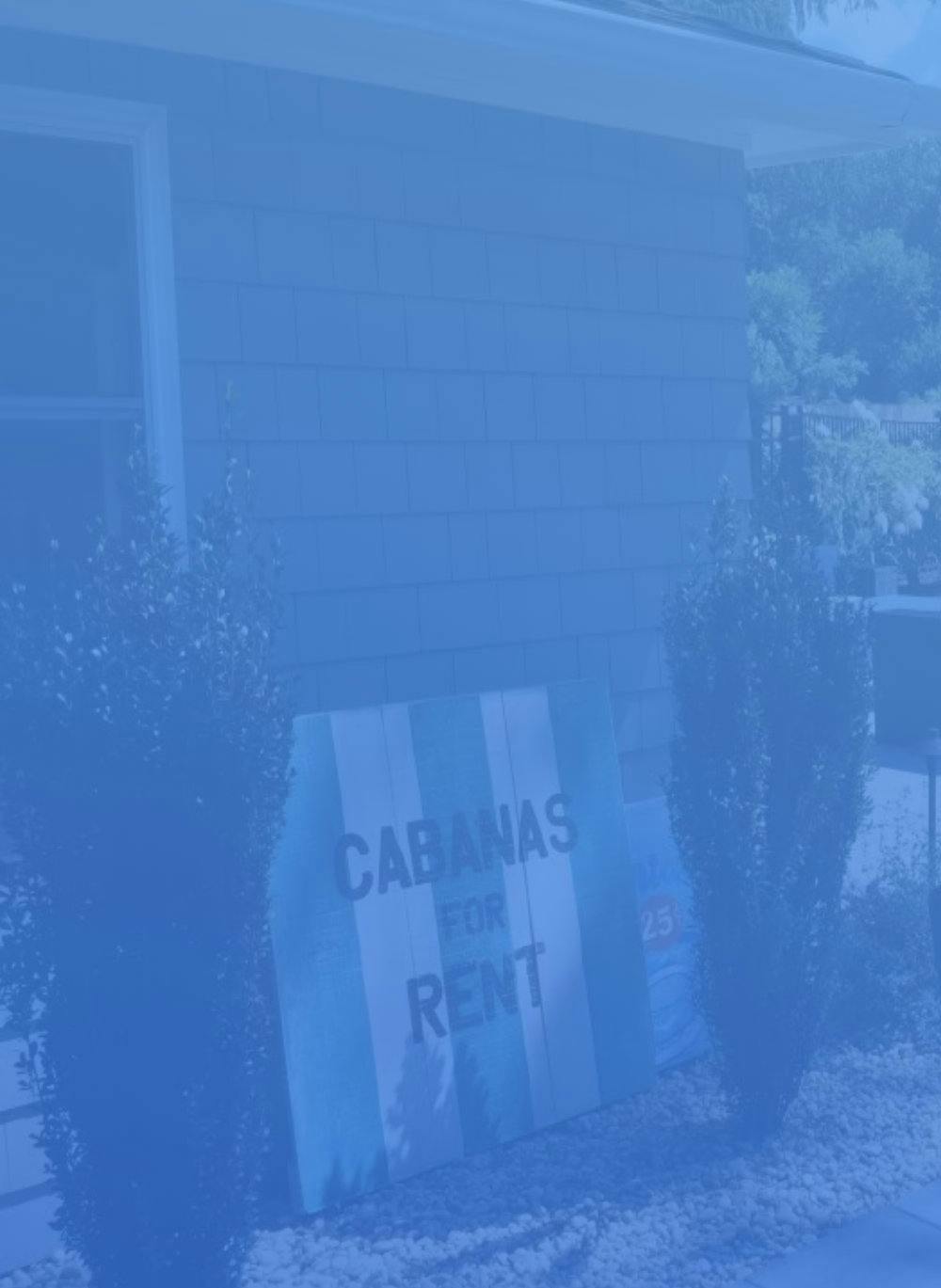
Cherry Blossoms: A Cultural Look at Why We See These Plants Today
Have you ever walked outside your door and appreciated the beauty of a cherry blossom tree? This is the true story of how the United States acquired these magnificent trees from Japan.
On March 27, 1912, Mayor Yukio Ozaki of Tokyo gave the gift of Japanese cherry trees to the city of Washington, D.C.. Mayor Ozaki donated the trees in an effort to enhance the growing friendship between the United States and Japan and also to celebrate the continued close relationship between the two nations.
In a ceremony on March 27, 1912, First Lady Helen Herron Taft and Viscountess Chinda, wife of the Japanese ambassador, planted the first two of these trees on the north bank of the Tidal Basin in West Potomac Park. At the end of the ceremony, the First Lady presented Viscountess Chinda with a bouquet of 'American Beauty' Roses. These two trees still stand at the terminus of 17th Street Southwest, marked by a large plaque. By 1915, the United States government had responded with a gift of flowering dogwood trees to the people of Japan.
From 1913 to 1920, trees of the Somei-Yoshino variety, which comprised 1800 of the gift, were planted around the Tidal Basin. Trees of the other 11 cultivars, and the remaining Yoshinos, were planted in East Potomac Park.
Today the National Cherry Blossom Festival is coordinated by the National Cherry Blossom Festival, Inc., an umbrella organization consisting of representatives of business, civic, and governmental organizations. More than 700,000 people visit Washington each year to admire the blossoming cherry trees that herald the beginning of spring in the nation's capital.
The two-week festival begins on the last Saturday of March with a Family Day and an official opening ceremony in the National Building Museums. An array of activities and cultural events takes place on the following days. The Blossom Kite Festival usually takes place during the festival's first weekend. Every day there is a sushi/sake celebration, classes about cherry blossoms, and a bike tour of the Tidal Basin. Other events include art exhibits (photography, sculpture, animation), cultural performances, rakugo, kimono, fashion shows, dance, singing, martial arts, merchant-sponsored events, and a rugby union tournament.
On the second Saturday of the celebration, a three-stage festival takes place on the Southwest Waterfront. When the festival ends, a fireworks show begins on the nearby Washington Channel. The next morning, the Cherry Blossom 10-Mile Run begins on the grounds of the Washington Monument. Later in the day, dignitaries gather at the Tidal Basin to participate in a ceremonial lighting of the 360-year old Japanese stone lantern.
On the last Saturday of the festival, the National Cherry Blossom Festival Parade takes place along Constitution Avenue. During and after the parade, the Sakura Matsuri-Japanese Street Festival, the largest Japanese Cultural Festival in the United States, takes place at 12th Street and Pennsylvania Avenue, Northwest.

Contact Information
Fill up the form and our Team will get back to you within 24 hours.
